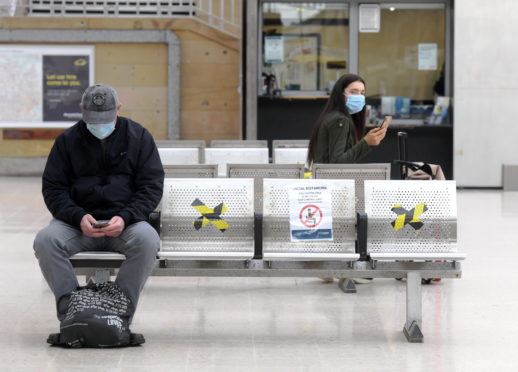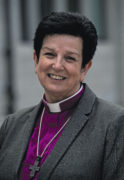Imagine a story of ill health that goes like this.
A person is not feeling well. They suspect that something is wrong. Maybe they have an injury, or maybe they have found something strange, like a lump.
They might at first decide to ignore what is going on in the hope it will right itself and go away. However, adverts on TV and leaflets that come through the door advise against this. If something is wrong, go and seek help, get a test.
So the person plucks up courage and visits the GP. Hmmmm! This does not look good. Then there is the referral, the wait for an appointment and then the day comes when a trip to hospital is required. Tests follow, often of many kinds. Depending on what is suspected it could be blood tests, body scans or x-rays.
The diagnosis follows. Well, these things all seem fine, but sadly they are not. To become well again, treatment is needed. If it is urgent it will be dealt with quickly. If not, the person is placed on a list.
And so it was for many before the Covid-19 crisis. There they were, waiting on a list. They knew that they were unwell, but because the NHS was strapped for resources, they would have to wait.
And then the pandemic hit and many non-urgent treatments were delayed. The NHS can only do so much at once and non-urgent procedures – and some urgent ones – have had to wait. Even now, as the immediate crisis lifts, those on lists face long waiting times. If the virus were to return with a vengeance, then who knows when some will get treatment.
We don’t have the resources to do everything, so difficult choices have to be made.
But this story is not just about health – it is about everything.
It is as though before the crisis there were many things that were not just right. Some were commonly-known problems in society, such as the prevalence of hungry children, or the number of women and children physically and emotionally unsafe in their homes.
Other things seemed more hidden, like who is paid on or below the minimum wage and what jobs they do. Some things that were not working so well were within households, for example – partnerships on the brink or family members at odds with each other.
If we had the time then we might have noticed and paid more attention. Perhaps we would have noticed that the whole of society is a little bit like a sick person, for whom some things are working well, but other things are just not right. We might for a while have ignored things, but something or someone might have prompted us to be wise and to get help before it was too late.
Wherever we were in our understanding of how our society was faring, the coronavirus came along and the effect it has had is as though the whole of society has undergone an x-ray or whole-body scan. Now, without a doubt, we can see what is ailing and that urgent treatment is needed. The list of things that need attention is long.
The challenge for us now is this. We only have so many resources, so much money, so many trained people and so on. We know we are not well, but we are on the waiting list for treatment – where will we start? Where should we begin?
Across the UK and in Scotland, we will be asked to make choices. If, for example, we can only open up a limited number of sections of society and the economy at a time without losing control of the virus once again, what will we choose as a priority? If we can only treat one thing, or a limited number of things, what should these be?
This is an enormously challenging time for all who offer political and moral leadership in the nation. Every decision is of such importance, every choice could lead to life or death for someone. For those of a Christian faith, the Bible reminds us to pray for those in leadership, that we might all live a peaceful and quiet life. Too right.
There is a proverb that says, “where there is no guidance, the people fall, but in an abundance of counsellors there is safety”. This suggests that when we come to a time when crucial decisions are made, many voices have to be heard.
It also means that we must speak up and remind those constructing the lists describing what will be done first not to forget the young and the old, the weak and the poor, the lonely and those with mental health problems. Otherwise, we would just be placing some in our society on the awaiting list for the foreseeable future. Let’s treat the most urgent first.
The Rt Rev Anne Dyer is Episcopalian Bishop of Aberdeen and Orkney and Scotland’s first female bishop











